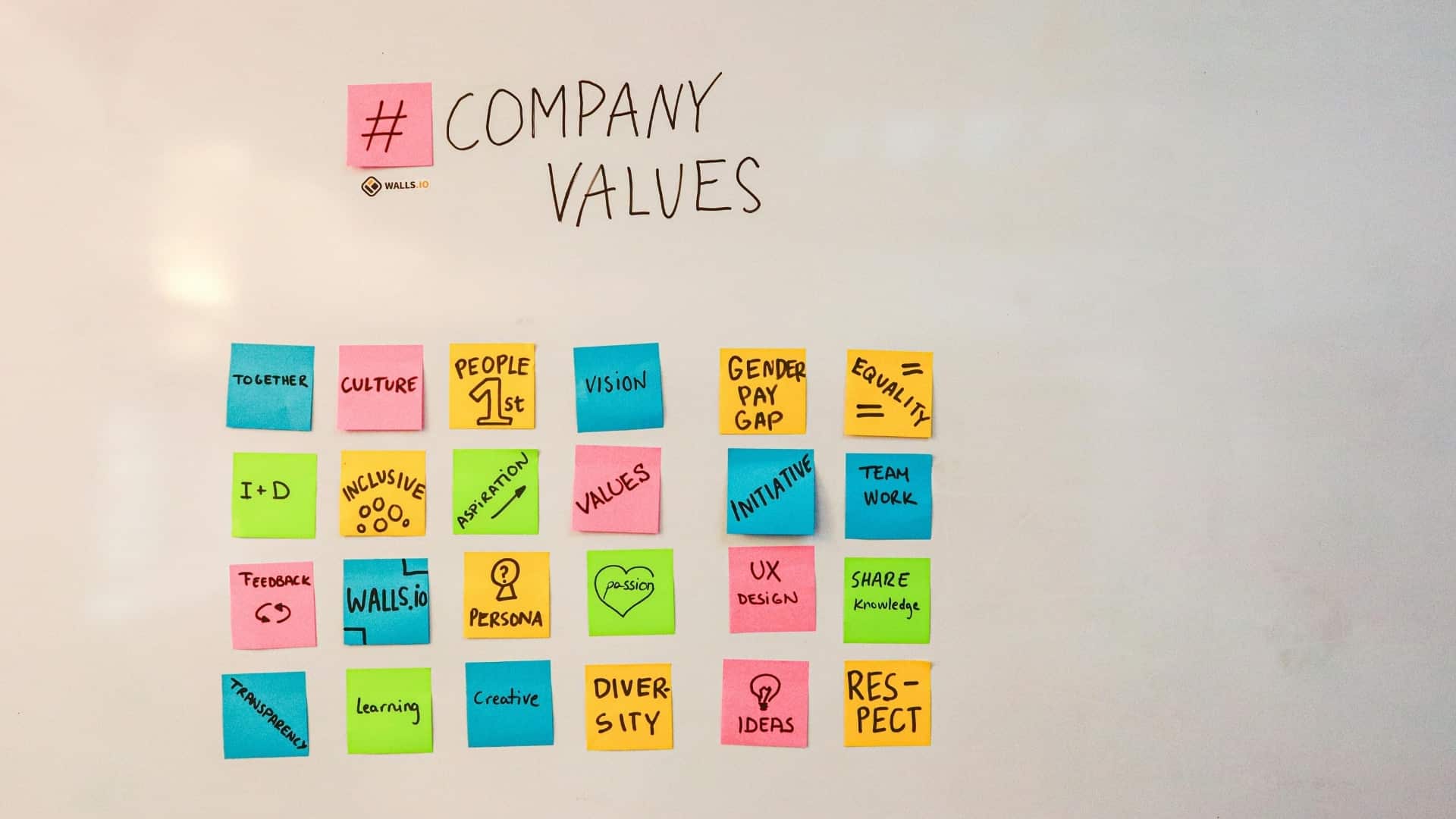Examples of Digital Assets: What They Are And Why They Matter for Your Business
What are Digital Assets? Examples of Digital Assets
In today’s fast-paced digital world, businesses generate and manage an overwhelming amount of content—from marketing materials to operational documents. These assets aren’t just files; they are valuable digital resources that drive business growth, brand consistency, and content efficiency. Understanding various digital asset types, such as eBooks, videos, and financial digital assets, is crucial as they play significant roles in reshaping business and marketing strategies in the digital landscape.

Yet, without a structured way to store, organize, and retrieve these assets, companies waste hours searching for files, risk using outdated content, and struggle with collaboration across teams. Digital assets are stored digitally, which highlights the importance of having efficient storage methods to ensure easy access and management.
This is why digital asset management (DAM) has become critical for businesses that need to manage thousands or even millions of digital assets at scale. The digital asset’s impact on daily activities and business operations is profound, influencing everything from content creation to market analysis.
But before we talk about how to manage them, let’s break down what digital assets are and why they’re essential for modern businesses.
Definition and Understanding
A digital asset is a unique entity that exists in a digital format and holds value, whether tangible or intangible. These assets can be created, stored, and traded electronically, and their ownership can be transferred through various means. Digital assets have become an integral part of our personal and professional lives, and their importance is increasing as technology advances.
Digital assets can take many forms, including traditional digital assets like photos, videos, and documents, as well as newer digital assets like cryptocurrencies, non-fungible tokens (NFTs), and tokenized assets. These assets are stored in digital format and can be accessed and managed through various digital platforms.
The concept of digital assets has evolved over time, and it continues to expand as new technologies emerge. The introduction of blockchain technology has enabled the creation of decentralized digital assets, which can be traded and owned without the need for intermediaries. This has opened up new opportunities for investment, financial inclusion, and innovation.

Examples of digital assets every business should manage
- Images and brand graphics
Your company’s logos, photos, product images, and design files all fall under digital assets. These are some of the most valuable assets a business owns because they define brand identity and customer perception. These assets are crucial for maintaining brand recognition and ensuring cohesive marketing strategies.
Examples:
- Logos and brand identity assets
- Product photography
- Infographics and design templates
- Social media visuals
- Family pictures as personal digital assets
Why it matters: Without a structured system to store these files, teams end up re-creating the same assets, wasting valuable time and resources.
- Marketing and sales collateral
Every document, brochure, or sales deck your business creates to engage customers and drive sales is a digital asset.
Examples:
- Whitepapers and case studies
- Pitch decks and sales presentations
- Product sheets and one-pagers
- Customer testimonials and eBooks
Why it matters: When marketing and sales teams don’t have quick access to approved, on-brand materials, they waste time searching for files or use outdated, off-brand content.
- Videos and multimedia content
Videos are now the most engaging form of content, with businesses relying on product demos, training videos, and advertisements to educate and convert customers.
Examples:
- Promotional videos and commercials
- Product demos and explainer videos
- Internal training and onboarding content
- Webinar recordings
Why it matters: Large video files take up excessive storage and become hard to locate without a structured system. A DAM ensures easy access and organization of all multimedia content.
- Documents and reports
Internal documents, reports, and strategic plans are also valuable digital assets that teams need to access quickly and securely. Important documents, such as personal photos and necessary records, are integral to business operations and digital storage.
Examples:
- Business reports and internal audits
- Employee handbooks and HR policies
- Standard operating procedures (SOPs)
- Market research reports
Why it matters: Without proper asset governance, critical business documents get lost in email threads and disorganized folders, creating compliance risks and inefficiencies.
- Audio files and podcasts
From branded podcasts to internal voice recordings, audio-based content is a growing digital asset category that businesses are leveraging for education and marketing.
Examples:
- Company podcasts and audio blogs
- Voiceover files for videos
- Sound effects and licensed music
- Interviews and transcriptions
Why it matters: Managing and retrieving audio files without metadata tagging and AI-powered search makes it difficult to repurpose content for multiple platforms.
- Website and digital content
Your website assets, landing page designs, blog articles, and web banners are all digital assets that need proper organization and access control.
Examples:
- Website templates and design assets
- Blog posts and articles
- HTML, CSS, and JavaScript files
- SEO reports and keyword research
Why it matters: Keeping web content centralized ensures that teams always use the latest brand-approved content and maintain consistent messaging across platforms.
- Social media assets
Every business today runs multiple social media channels—and each requires a constant stream of branded visuals, videos, and copy.
Examples:
- Social media post templates
- Advertisements and paid media assets
- Instagram stories, LinkedIn posts, and YouTube thumbnails
- GIFs, memes, and viral marketing content
Why it matters: Without a centralized DAM system, teams often reuse old content, lose track of campaign assets, or struggle with version control.
Types of Digital Assets
There are various types of digital assets, each with its unique characteristics and uses. Some of the most common types of digital assets include:
- Cryptocurrencies: These are decentralized digital currencies that operate on blockchain networks. Examples include Bitcoin, Ethereum, and Ripple. Cryptocurrencies are widely adopted for their ability to facilitate secure, cross-border payments without the need for traditional banking intermediaries.
- Non-Fungible Tokens (NFTs): These are unique digital assets that represent ownership or proof of authenticity. Examples include digital art, collectibles, and virtual real estate. NFTs have gained popularity for their ability to provide verifiable ownership of digital items, making them valuable in the digital economy.
- Tokenized Assets: These are digital representations of traditional assets, such as real estate, commodities, or securities. Examples include tokenized real estate and asset-backed tokens. Tokenized assets allow for fractional ownership and easier transfer of ownership, enhancing liquidity and accessibility in various markets.
- Digital Collectibles: These are unique digital assets that represent ownership or proof of authenticity. Examples include digital art, collectibles, and virtual real estate. Digital collectibles are often traded on specialized platforms, attracting enthusiasts and investors alike.
- Decentralized Finance (DeFi) Assets: These are financial instruments and protocols built on blockchain networks. Examples include stablecoins, lending protocols, and decentralized exchanges (DEXs). DeFi assets offer innovative financial applications, providing users with alternatives to traditional financial services and promoting financial inclusion.
By understanding the different types of digital assets and their unique value propositions, businesses and individuals can better navigate the digital landscape and leverage these assets for various purposes.
Why managing digital assets is a business priority
The real challenge isn’t just having digital assets—it’s managing them efficiently. Digital assets hold different values based on their use and context, making their management crucial. Additionally, unique assets like NFTs require efficient management to maintain their value.
Without a structured approach, businesses face:
- Wasted time – Employees spend 20% of their workweek searching for lost files.
- Brand inconsistency – Outdated or off-brand assets get used in marketing campaigns.
- Duplicate work – Teams re-create assets instead of reusing existing ones.
- Compliance risks – Sensitive or licensed content gets misused or improperly stored.
- Ownership rights – Properly managing ownership rights is essential to maintain both monetary and intangible value of digital assets.
So, how do you fix this? With a digital asset management (DAM) platform.

How a DAM transforms digital asset management
A DAM system like ASMBL helps businesses take full control of their digital assets by providing:
- A centralized repository – Store and manage all brand assets in one place.
- AI-powered search – Instantly locate assets using metadata, keywords, and smart tagging.
- Version control – Always access the latest, approved files.
- Permission-based access – Control who can view, edit, and share assets.
- Seamless integrations – Connect with Adobe Creative Cloud, Canva, WordPress, and more.
- Smart contracts – Enable automated and programmable agreements.
Without DAM, companies waste time, resources, and money managing their assets manually.
The future of digital assets: why businesses must evolve
As businesses scale, managing thousands or even millions of digital assets becomes impossible without automation and AI-powered search. A distributed ledger enhances the security and transparency of digital asset management by securely recording ownership and transferability of assets. Additionally, a public ledger plays a crucial role in recording and verifying digital asset transactions, mitigating fraud risk and facilitating ownership verification.
Companies investing in DAM today are future-proofing their workflows, brand consistency, and content accessibility.
If your business is struggling with scattered files, lost content, or slow workflows, it’s time to upgrade.
Discover how ASMBL’s DAM helps businesses organize, search, and manage their digital assets effortlessly.
Book a demo today and take full control of your brand assets.
Want to know more about digital asset management?

